This week, we are counting down the top five Hill history pieces that I have written over the past 12 or so years. It’s been a fun ride, and I hope to keep it up for the foreseeable future, but for the next couple of weeks I am going to look back a bit more, including a look at some that deserve more eyeballs than they have received so far.
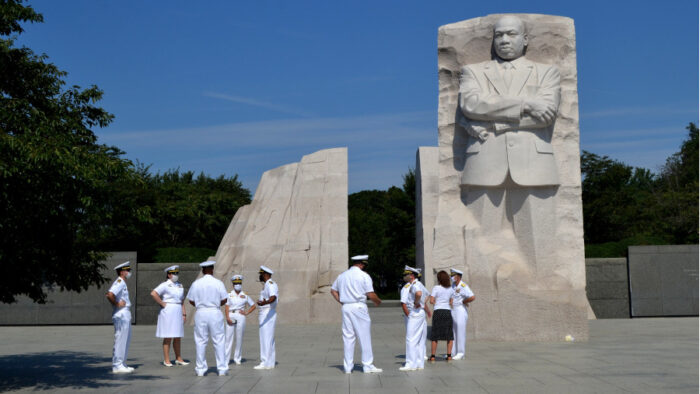
In most cases I have no idea why some of these pieces have generated as much interest as they have. Sometimes, however, it’s easy to tell why more people than usual have clicked on the link. Such is the case in my piece on the statue height limit, where I was honored to have the Washington Post linking to what I will be the first to admit is a pretty lame joke.
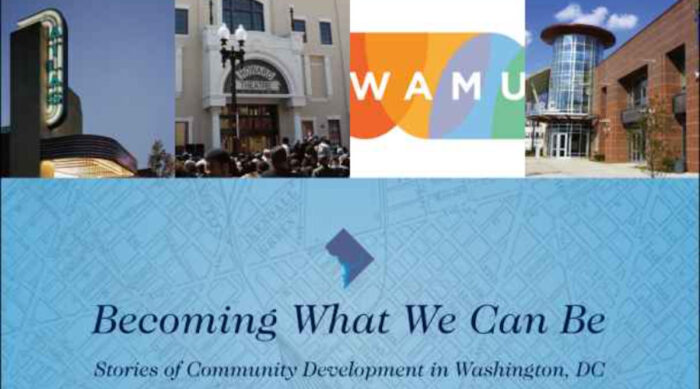
The popularity of the next piece, on the other hand, is a complete mystery to me. It is really just a review of Tony Proscio’s book Becoming What We Can Be: Stories of Community Development in Washington, DC. I focused on just one small piece of it, namely that of the Hechinger Mall, whose history I had been previously unaware of. My best guess is that there just isn’t much about the history of this development available, so when people are interested in it, this is the best they can find.
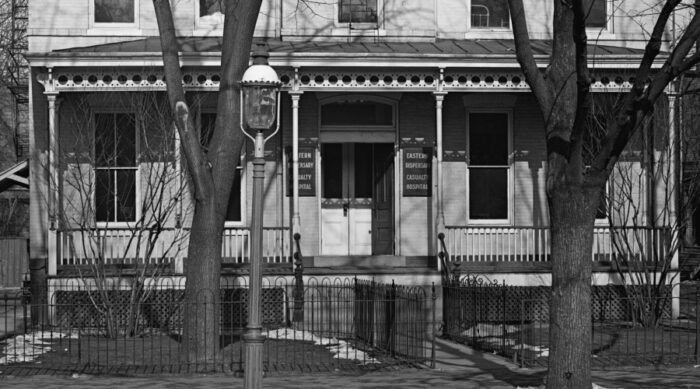
The same may be true for this piece, as well. Casualty Hospital has a long history on the Hill, morphing along the way into BridgePoint Hospital Capitol Hill as well as 700 Constitution Apartments – but there’s not a lot of information about the institution available. In trying to find out who was interested in this, I discovered that it is used as a source in Meri-Jane Rochelson’s book Eli’s Story: A Twentieth-Century Jewish Life. While I doubt that that particular connection is creating a lot of traffic in our website, it is nonetheless gratifying to see.
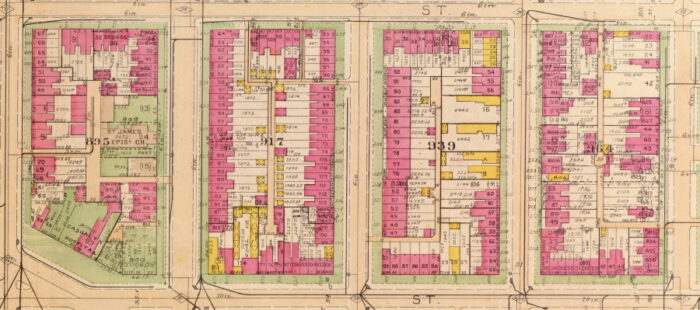
The next item really made me happy. I wrote it because I was reading the live-tweeting of the D.C. register (yes, this is what I do on a Saturday) and saw that Charles Allen had brought out a plan to rename part of 10th St NE “Outlaw Way.” Obviously, this needed to be looked into, and ended up with not only the heart-warming story of a couple that did their best to make their neighborhood a better place, but also that their generosity was to shown to all in the form of a couple of street signs. Even better, when Chairman Mendelson put together a report on Allen’s bill, he used my piece as part of his evidence. Even the fact that they misspelled my name could not dampen my enthusiasm for having had a small part in making sure the Outlaws would be given their due.
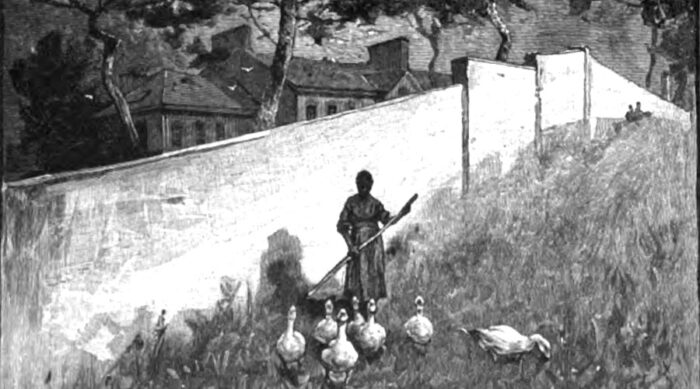
Finally, we get to the most-clicked piece I have written, with well over 5,000 people having read it over the 12 years since we published it. It’s a piece on Duddington, which was the main house of Daniel Carroll of Duddington’s estate. Over the years, I have expanded on the topic, including writing about the people that Carroll enslaved, and what happened to the land that he had owned. The original article, possibly because it is linked to by not one but two Wikipedia articles, is by far the most viewed.
Next week: A look at some of the articles that deserve more views.
